On May 31, 2025, a 6.1-magnitude earthquake struck off the east coast of Hokkaido, Japan. Fortunately, no major damage was reported, and no tsunami warning was issued. But for many travelers (and even locals), the tremor served as a reminder. Earthquakes can happen at any time here, often without warning, and while most pass uneventfully, the possibility of stronger quakes is never fully absent.
Japan sits atop four tectonic plates and experiences thousands of tremors each year. Nearly 20% of the world’s earthquakes above magnitude 6 occur here. Yet despite this, Japan remains one of the safest and most prepared places in the world for visitors, thanks to world-class infrastructure, strict building codes, and a population well-versed in earthquake safety.
As a traveler, the key is not fear, but awareness. A little knowledge goes a long way toward helping you stay calm and safe if the ground ever starts to shake. Here’s your simple guide on how to navigate earthquakes while traveling in Japan.
Also read: Japan to Launch Pre-Arrival Screening for Visa-Free Travellers by 2028
Staying prepared, even before the shaking starts
Most of your earthquake safety preparation happens before anything actually happens. Often, it’s just about staying aware of your surroundings.
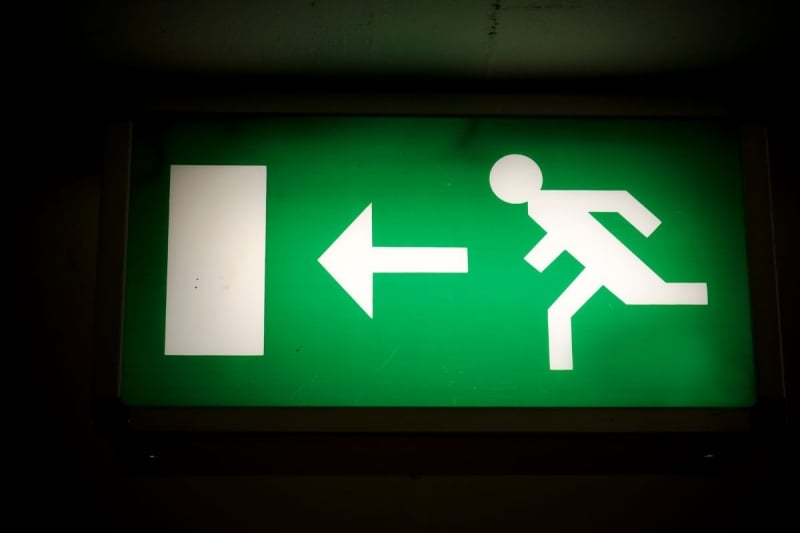
Image Credit: altmodern via Canva Pro
When you check into your hotel or Airbnb, take a moment to familiarise yourself with the building’s emergency exits and stairwells. Many accommodations post evacuation maps behind the door. If you’re near coastal areas, it’s also worth noting where higher ground is located in case a tsunami warning is ever issued.
You’ll also notice that Japan’s public spaces (from train stations and malls to parks and wide intersections) are typically marked with clear evacuation signage. These are often bilingual and easy to spot once you start looking.
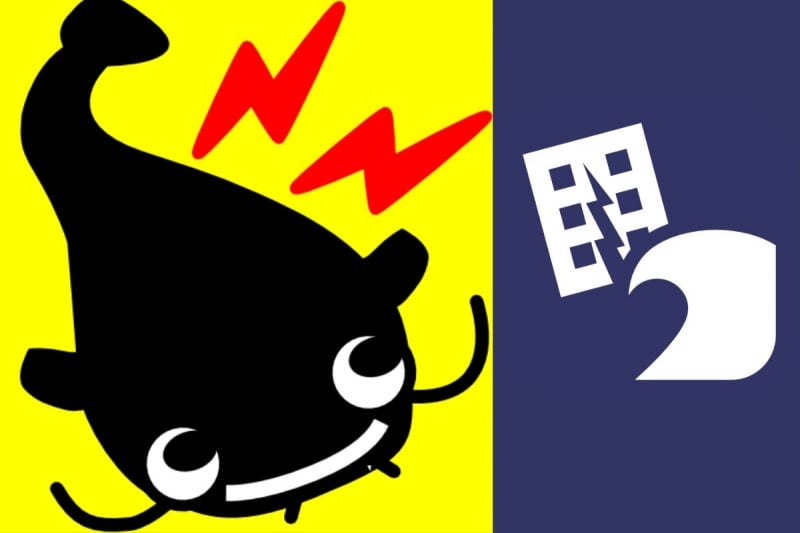
Image Credit: (L-R) Yurekuru Call App; Safety Tips App
Technology plays an important role, too. Before your trip, consider downloading apps like Safety Tips (from Japan’s National Tourism Organization) or Yurekuru Call, which deliver real-time earthquake alerts directly to your phone. Many visitors are also surprised to find that their foreign phones automatically receive Japan’s emergency alerts, which can provide precious seconds of warning.
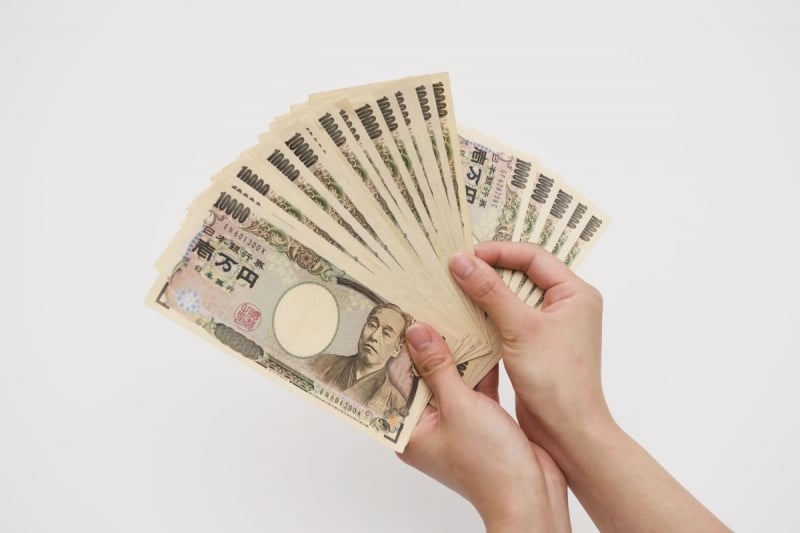
Image Credit: Aflo Images via Canva Pro
And while Japan is famously cashless, it’s still a good idea to carry a small amount of cash. In the unlikely event that electronic payment systems are temporarily down after a major quake, having small notes and coins makes it easier to purchase food, water, or transport.
Finally, while you don’t need a full emergency kit as a tourist, small items like a flashlight, portable charger, lightweight raincoat, and even a scarf or handkerchief can come in handy if you ever find yourself needing to wait things out.
If the ground starts shaking
When an earthquake hits, your most important tool is your own calmness. Most tremors in Japan are minor. They may feel like a brief sway, lasting just seconds, but occasionally, the shaking may be more intense or prolonged.

Image Credit: maroke via Canva Pro
If you’re indoors, the safest place is usually where you already are. Don’t rush for the exits. Instead, protect yourself from falling objects by moving away from windows, shelves, and light fixtures. If there’s a sturdy table or desk nearby, crouch underneath it, shielding your head and neck with your arms, bag, or any soft item within reach.
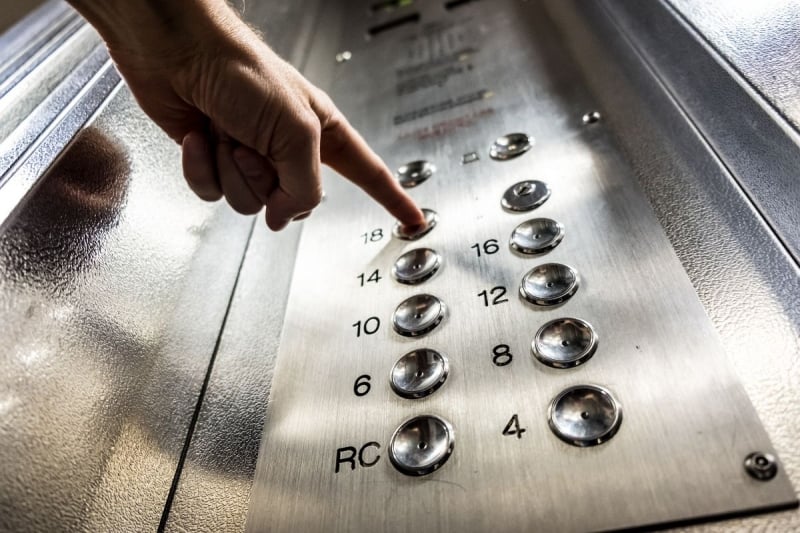
Image Credit: jolimaison via Canva Pro
In hotels or high-rises, avoid using elevators entirely. If you happen to be inside one when shaking begins, press all the buttons and exit at the first safe floor when possible.
Outside, falling glass and debris are the main hazards. Try to move into an open space, away from buildings, utility poles, or signboards. Even stepping a few metres away from structures can greatly reduce your risk.
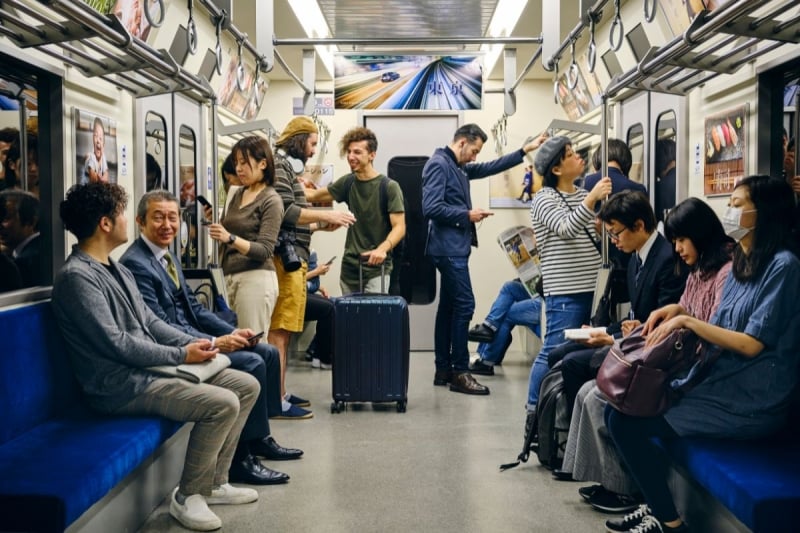
Image Credit: O2O CREATIVE via Canva Pro
On public transportation, remain seated and listen for instructions from staff. Japan’s trains and buses are programmed to stop automatically when earthquakes are detected.
If you’re driving, pull over to a safe area away from bridges, tunnels, or power lines, and leave your keys in the ignition with doors unlocked in case emergency services need to move your vehicle.
Also read: A Guide to Goshuin Collecting in Japan: The Quiet Art of Shrine Stamps
After the shaking stops
Once the initial shaking subsides, it’s important to stay alert. In many cases, the most immediate danger has passed, but aftershocks can still occur, sometimes minutes, hours, or even days later.
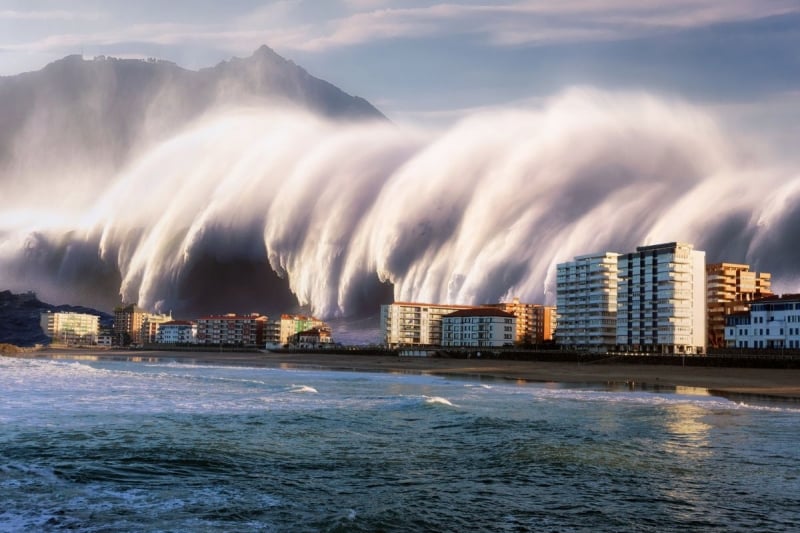
Image Credit: Mimadeo via Canva Pro
If you’re near the coast, take special caution. Strong earthquakes that occur offshore may trigger tsunamis. In such situations, head to higher ground immediately and wait for official all-clear updates, rather than waiting for an alarm.
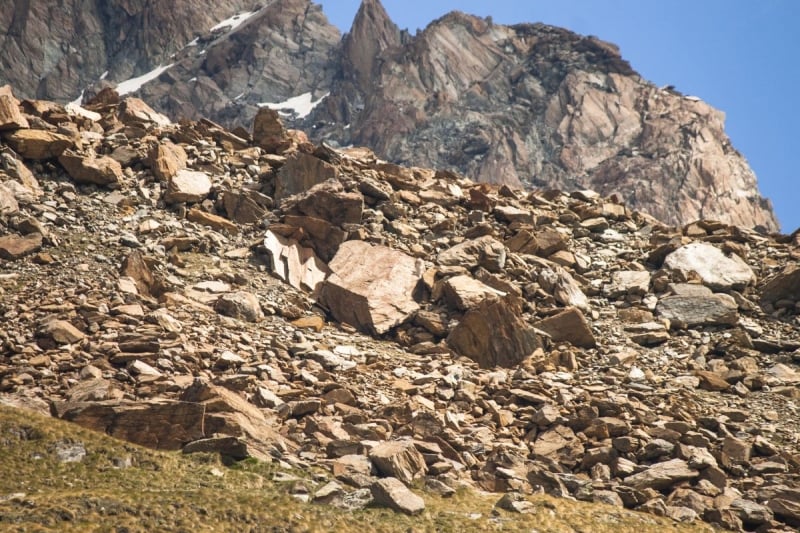
Image Credit: Riccardo Beretta via Canva Pro
In mountainous areas, the risk of landslides also increases after an earthquake, particularly following rain. If you’re hiking or near cliffs, avoid these areas until local authorities confirm conditions are safe.
Inside buildings, broken glass and minor debris are common hazards. If you need to move around, wear shoes or sturdy footwear to avoid injury. Avoid lighting matches or using electrical switches until you’re certain there are no gas leaks. And as always, take the stairs, not the elevators.
In the rare event you become trapped or injured, conserve your energy. Rather than shouting, try tapping rhythmically on nearby pipes or walls to help rescuers locate you. Messaging apps may also work even if regular calls fail, as Japan’s mobile networks prioritize text data in emergency situations.
Quick Resources to Bookmark
Here are some useful resources to bookmark before your trip:
-
Japan Meteorological Agency (JMA)
-
NHK World-Japan
-
Safety Tips App (JNTO)
-
Singapore Embassy in Tokyo (for Singaporeans)
A culture of quiet readiness
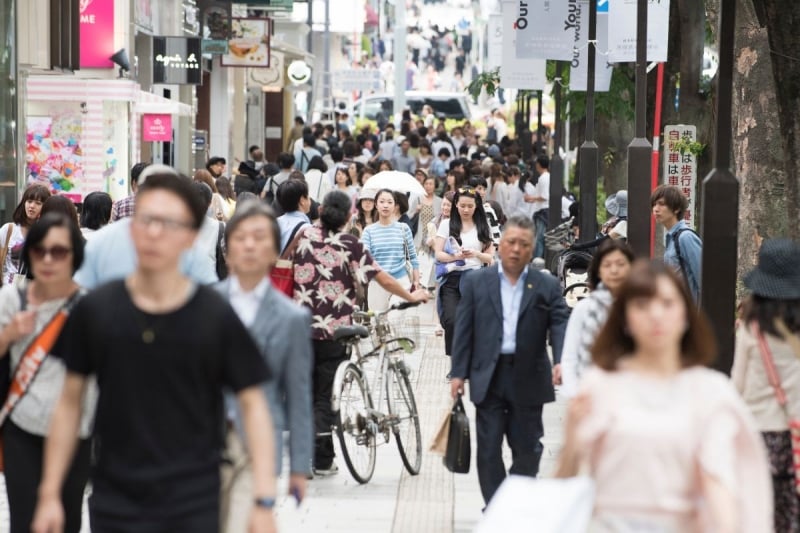
Image Credit: JohnnyGreig via Canva Pro
Despite the statistics, most visitors to Japan will never experience anything more than a brief, harmless tremor. Japan’s buildings are designed to absorb seismic energy, and its people are remarkably composed during emergencies. You’ll likely find that in any situation, local residents remain calm, orderly, and quick to help.
That sense of calm is part of Japan’s quiet culture of preparedness, where an emergency is met with practicality instead of fear. As a traveler, adopting that same mindset allows you to enjoy everything Japan has to offer, knowing you’re equipped to handle the unexpected with confidence.





